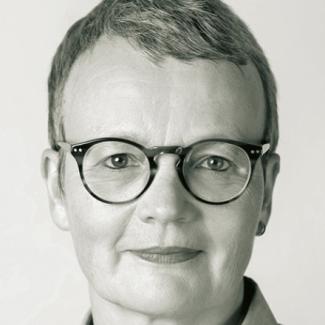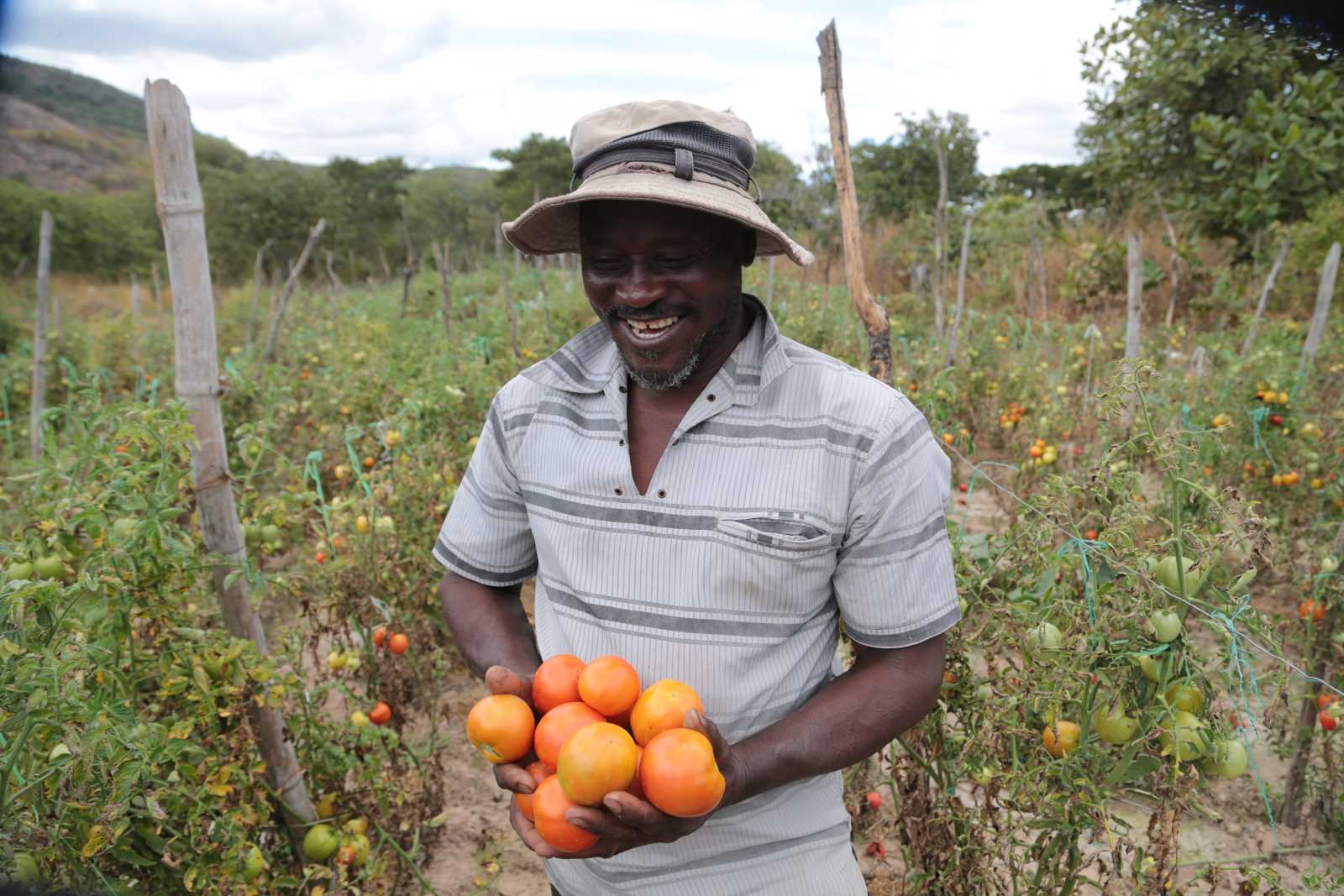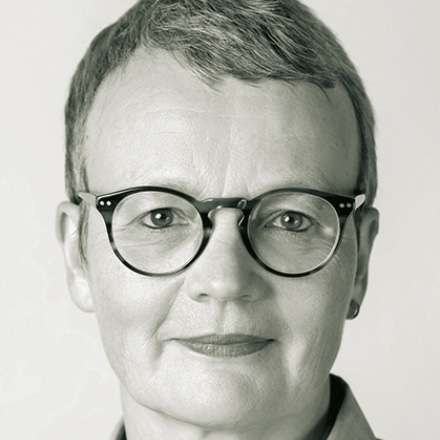Poverty
Redefining poverty

While lots of fundamental questions have yet to be settled about sustainability, there seems to be a broad consensus on poverty reduction: extreme poverty is to be "eliminated" all over the world by 2030. This goal serves as a catchy political sound-bite, but it obscures the fact that it is still far from clear how poverty is to be defined and measured beyond 2015.
The official negotiations will begin during the UN General Assembly (UNGA) in September this year, so proposals on how to assess poverty are needed now. Next year’s UNGA will define the new goals.
The new list of goals must take into account the successes and failures of the previous ones, the Millennium Development Goals (MDGs). The most important achievement of the MDGs is probably the momentum they caused. Statistics compiled by the Organisation for Economic Cooperation and Development (OECD) show that member countries' ODA/GNI ratio – the ratio of official development assistance to gross national income – increased significantly shortly after the MDGs were introduced. Rapid advances in a number of development indicators were noted in the wake of the MDGs’ introduction, not least to anti-poverty policies drafted and implemented at national levels in developing countries.
New catalogue of goals
There are many reasons to agree on a new set of goals for 2015, but the agenda should not repeat the mistakes of the past. One major problem with the MDGs is that they are rooted in an increasingly anachronistic North-South paradigm. Seven of the goals are directed exclusively at developing countries, one goal exclusively at the rich world. The onus to deliver is thus largely on poor countries.
Goals and indicators were selected mainly for international comparability. Take for example the definition of poverty that was originally made by the World Bank. It regards anyone who lives on less than the purchasing power of $ 1.25 a day as “extremely poor”, and has become a simplistic yardstick for comparing different countries. One important snag is that different thresholds are relevant for countries at different stages of development.
A consequence of the $ 1.25 definition is that progress in countries with higher levels of development tends to be overstated because it is relatively easy to raise people above the $ 1.25 line in those countries. In poorer countries, however, where a large number of people still live in extreme poverty and cannot reach this threshold as fast as happened in China, progress is underestimated. So from 2015 on, the international community should measure progress within countries and not just progress towards the $ 1.25 target.
Another problem is that it is difficult to assess a country’s overall MDG performance because the MDGs have no headline indicator that might serve as a quick guide. For this purpose, MDG 1a – halving the number of people living on less than $ 1.25 a day – has therefore all but crowded out the other indicators.
On top of everything, the $ 1.25 benchmark is outdated. It is a measure of purchasing power but has not been adjusted for inflation for years. According to recent estimates, a figure of $ 1.55 to $ 1.75 would be appropriate today. To eliminate poverty by 2030, a higher threshold is thus preferable.
It is relevant, moreover, that policy makers still tend to refer to national poverty lines in domestic politics. For this reason, economist Stephan Klasen has proposed to coordinate the definition of national poverty lines internationally. Each national poverty line would then fit the country concerned, but also serve international comparison.
In spite of many shortcomings, an international poverty line should be retained. But defining one single poverty threshold will not do. Measures are needed to take account of poverty in more advanced nations too. In Asia’s emerging economies, for instance, two dollars a day would be a more reasonable poverty line today. Around 1.7 billion people in Asia live below it. For rich countries, however, poverty lines need to be set higher, at $ 10 or more.
Moreover, absolute poverty – which means that people cannot fulfil their basic needs – is not the only kind of poverty that matters. Relative poverty – which excludes people from society in various ways – is a huge challenge too.
Inequality challenges
Recent studies show that poverty must increasingly be understood as a consequence of unequal distributions of incomes within nation states. According to the UNDP, more than three quarters of humanity live in countries where economic inequality has increased in recent decades. Some 70 % of all extremely poor people, moreover, are living in middle-income countries (MICs) today. While average incomes of these countries are way above the $ 1.25 threshold, the societies concerned fail to allow all their citizens to benefit from economic development.
This is precisely why it is a problem that the MDGs – and MDG 1 in particular – did not tackle inequality. The post-2015 agenda should include a specific goal on inequality and also include inequality-sensitive indicators to measure the other goals. For instance, the Gini coefficient or the Palma ratio can be used to assess inequality.
Thresholds to measure relative poverty matter too. The rich member countries of the OECD and EU do so on the basis of certain percentages of the median income (typically 40 %, 50 %, 60 % or 70 %). This approach would make sense in developing countries and emerging economies as well, since it helps to keep track of whether economic growth is inclusive or not.
In any case, a focus on reducing inequality would embrace and harness the global impetus generated by the latest UNDP and OECD reports as well as Thomas Piketty’s internationally acclaimed book “Capital in the 21st Century”.
Multidimensional poverty
The routine concentration on the $ 1.25 poverty line often results in disregard for the multidimensional nature of poverty. Research shows that poor people need and appreciate non-monetary goods such as education, health care, social inclusion and security at least as much as income. However, higher incomes do not necessarily lead to better education, health care, social inclusion and security. So eliminating income poverty will not eliminate many other dimensions of poverty.
Aside from the question of which dimensions of poverty should be considered, it is important to consider how they are measured. At present, mostly macroeconomic indicators such as gross domestic product (GDP) and purchasing power parity (PPP) are used to measure development progress. Such data, however, neither tell us much about human wellbeing, nor about whether prosperity is shared fairly (see box on p. xx).
The international community should start using indicators that have the advantages, but not the downsides of GDP. They must be clear, numerical, universally and comparable. At the same time, they must result in a multidimensional picture of human development. This is best achieved with composite indices that rely on several indicators. Since the UN Development Programme published the Human Development Index (HDI) in 1990, researchers, international organisations, governments and civil society have stepped up their efforts in this regard and developed a range of useful composite indices.
The HDI was the first multidimensional construct. It takes into account life expectancy, education and income. In 2010, a further “inequality-adjusted HDI” was introduced to reflect inequality in the three dimensions covered. Indices have also been designed to measure gender inequality. The UNDP Human Development Report uses the Gender Inequality Index, which includes indicators for three dimensions: reproductive health, empowerment and labour market participation. The OECD has developed the Social Institutions and Gender Index (SIGI), which registers social institutions and practices that discriminate against women. Today, the two indices that apply the most comprehensive understanding of well-being and poverty are the Better Life Index and the Multidimensional Poverty Index (see box on p. xxx).
In conclusion, poverty needs to be measured by means of international, national, relative and multidimensional poverty lines. It must also be seen in the context of inequality, which similarly needs to be measured by several indicators. Finally, it would make sense to crown the range of poverty indicators with a post-2015 headline index that builds on the aforementioned multidimensional indices and captures the requisite data for all countries.
Hildegard Lingnau is a Senior Counsellor in the Development Cooperation Directorate (DCD) of the Organisation for Economic Cooperation and Development (OECD). Later this year, the Journal of International Development will publish a longer essay of Hildegard Lingnau and Valentin Lang on the matter. hildegard.lingnau@oecd.org
Valentin Lang is a Junior Policy Analyst at the OECD /DCD. Valentin.lang@oecd.org
References:
Chandy, L. and Kharas, H., 2014: What do new price data mean for the goal of ending extreme poverty? Brookings Institution.
Cobham, A. and Sumner, A., 2013: Putting the Gini back in the bottle? ‘The Palma’ as a policy-relevant measure of inequality. King’s International Development Institute. King’s College London.
Klasen, S., 2013: Is it time for a new international poverty measure? Development Cooperation Report 2013, OECD Publishing, Paris.
OECD, 2011: Divided we stand: why inequality keeps rising. Paris.
Piketty, T., 2014: Capital in the twenty-first century. Cambridge, Mass.: Harvard University Press.
OECD, 2013: Development Cooperation Report 2013: Ending poverty. Paris.
Sumner, A. and Edward, P., 2013: The future of global poverty in a multi-speed world: New estimates of scale, location and cost. Center for Global Development. Working Paper 327.
UNDP, 2013. Humanity divided. Confronting inequality in developing countries. UNDP, New York.















